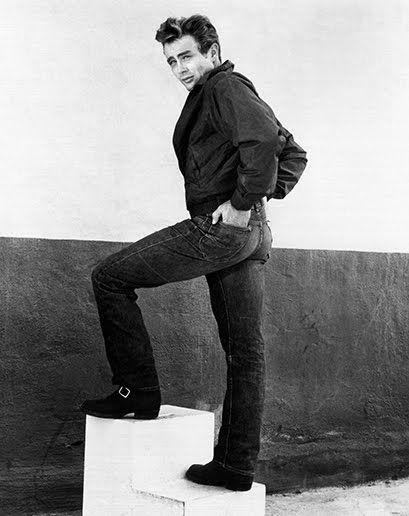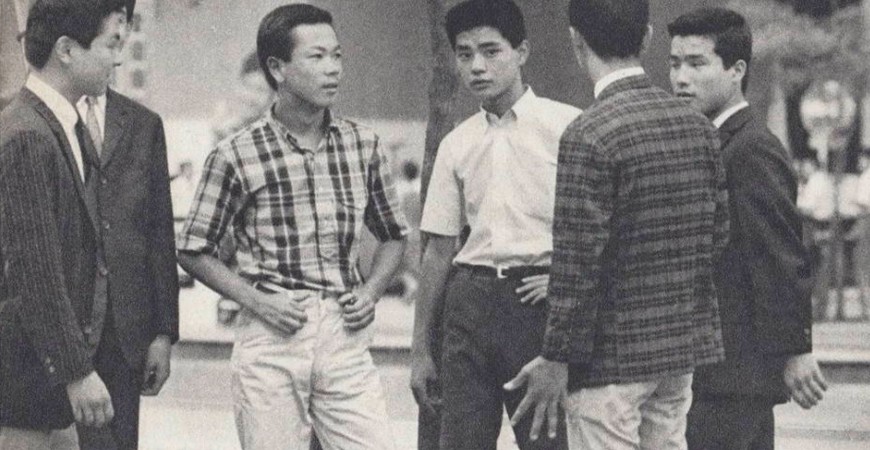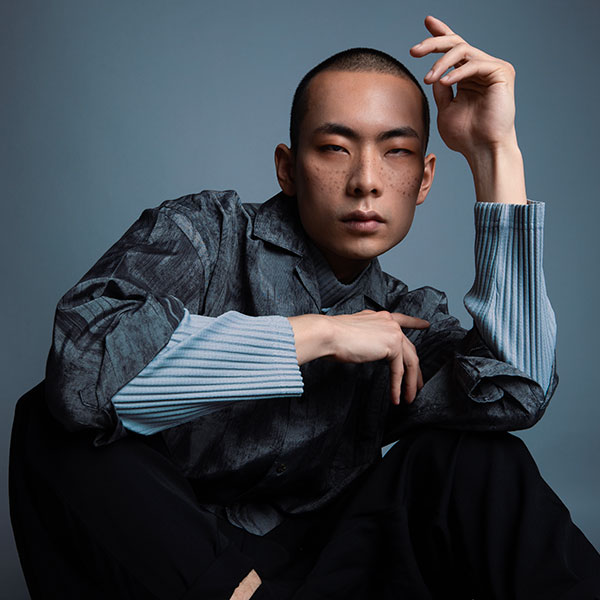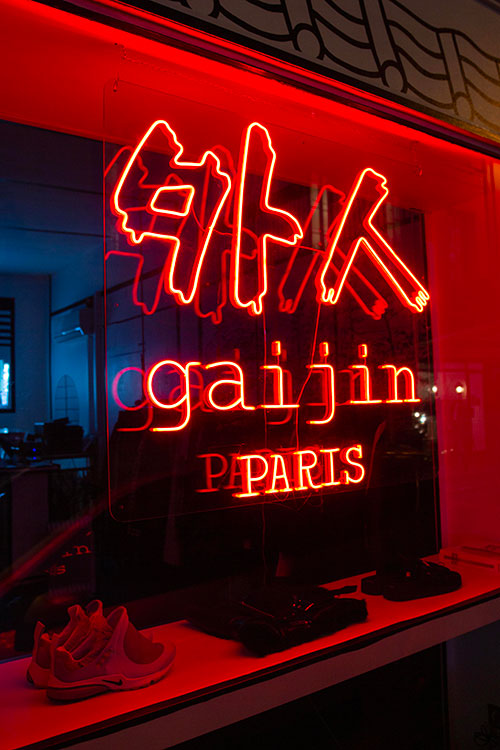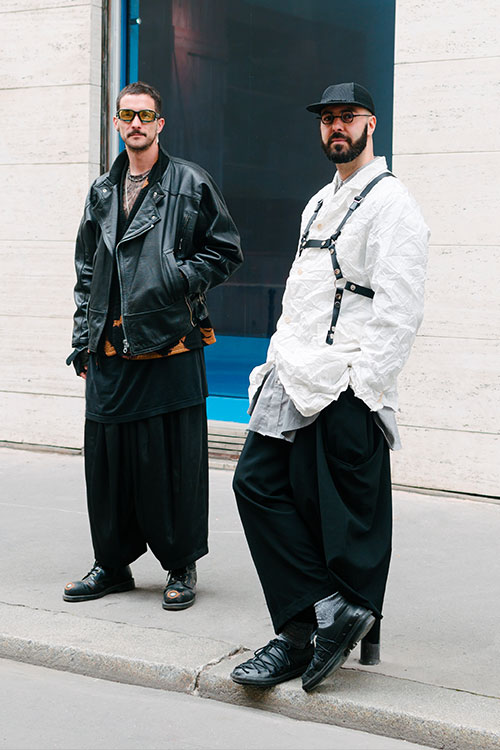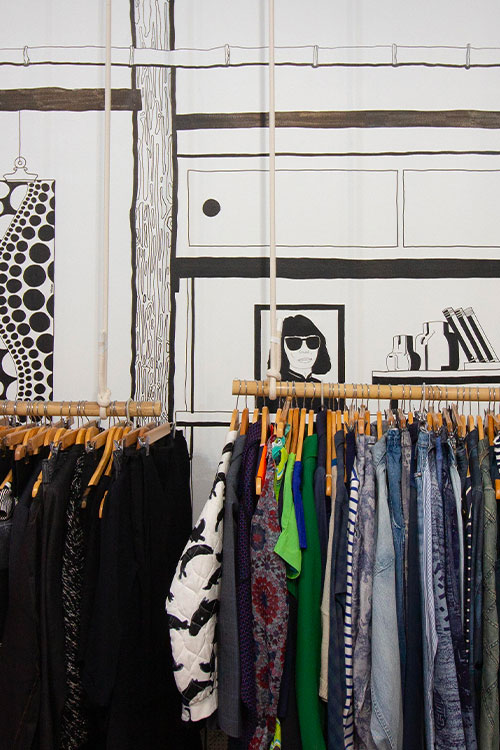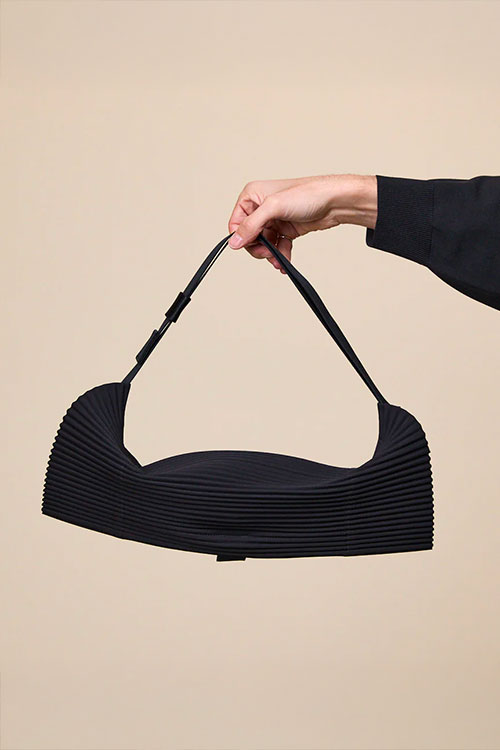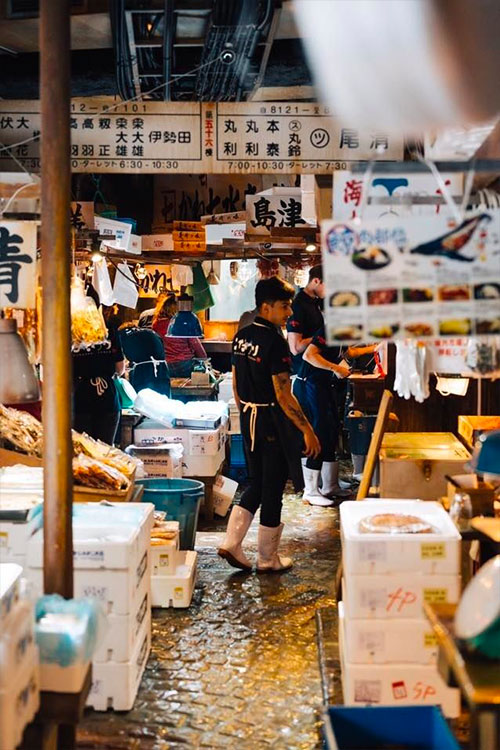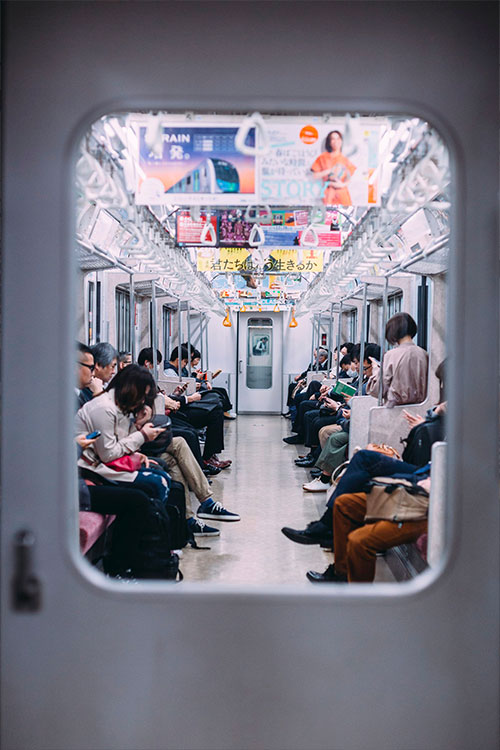Chapter 1: 50s – 70s | A history of fashion culture on the streets of Tokyo.
CHAPTER 1 : 50s - 70s
Why this story in chapters?
Because we believe in the power of the street and it can be told.
Bloggers, stylists or simple style enthusiasts, they have become the stars of the little street theater, on the sidelines of the fashion shows.
Street style, which has become a true reference in the world of fashion and even an inexhaustible source of inspiration for enthusiasts, is gaining momentum each season. Street and fashion are eternally linked.
The streets of Shibuya, Harajuku or Shinjuku are full of savvy, sometimes offbeat styles, playing with all the codes and diktats of fashion. It is for us a perpetual wonder.
Street style has always existed. However, it is only since the mid-1950s that its importance has been recognized, valued and imitated. It is the very creativity of people that is expressed, infused with a large amount of information, coming from music, culture, sport, fashion itself, etc.
From a historical point of view, Japan is apart, particularly from this point of view.
Towards the end of the 1940s, with the end of the Second World War and a strong American presence on the territory, Japanese society became Westernized. Women got rid of the monpe pants (wide-legged, patterned pants used in manual labor) that they had been forced to wear for war-related work and began wearing skirts. Men also abandon the noragis and the boro disappears, traditional clothing and fabrics made of cotton canvas dyed in indigo most of the time (articles to come on this subject). After the Second World War, the Japanese were ashamed of their boro fabrics, symbols of poverty, and often got rid of them. A passion then developed in part of the population, for what was commonly called "American Style", characterized for example among women by long skirts flared at the bottom, with a narrow waist and a wide belt. French fashion also began to arouse enthusiasm, particularly couturiers like Dior. This New Look spread more and more, especially in the 1950s, when only cinema made it possible to travel and have a vision of customs and fashions beyond borders. European and American films flood the posters in Japan and give a point of view of Western lifestyles.
The Japanese are inspired by it, but it is also through their own cinema that clothing changes, especially in the streets of Tokyo. After the release in the mid-1950s of “Season of the Sun” (“Taiyo no kistetsu”), based on a novel by Ishihara Shintaro, floral Hawaiian shirts with explosions of color, cotton T-shirts and even sunglasses or women's shorts with colorful patterns, flourished in the streets. By mimicking the characters in the film, this is how “the tribe of the sun” (“Taiyo-zoku”) was born, the nickname of the characters in the film and the followers of their style in the streets.
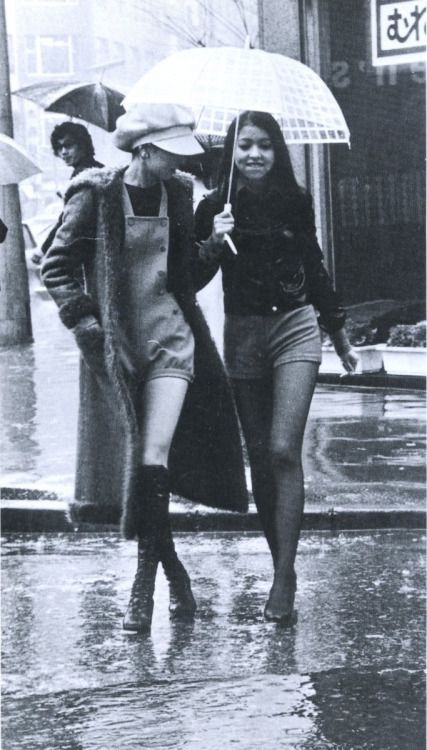
The second half of the 1960s marked the birth of the “golden era”, a social and cultural revolution at all levels, that of an opposition of youth to previous generations, still unknown in Japan, who is very respectful of his elders. It was the true birth of street fashion in Tokyo, one of the most vibrant on the planet. With the development of ready-to-wear (“puretaporute” in Japanese), much more accessible than catwalk fashion, ever more casual styles are developing. Mini-skirts, for example, created in 1965 by Parisian Haute-Couture, were an immediate success in Japan, certainly helped by the arrival in 1967 of the English model Twiggy, nicknamed at the time “the queen of the mini-skirt”. . The young and then the less young take hold of them and snatch them away.
There was the appearance of the “Ivy style”, which apparently wanted to pay homage to the style of American students at large private and very elite universities in the “Ivy League” and more generally those of the American elites. This style was started by a group of students called Miyuki-zoku (from Miyuki Street in the upscale shopping district of Ginza, to which the suffix "Zoku" means subculture or social group), a mix of boys and girls, which had nearly a thousand members at its peak. They took off their school uniforms after class to change in bistro toilets. On the menu: Oxford shirts, colorful three-button jackets, striped or checked, all rigorously slim, and moccasins, unlike traditional office workers, who tended not to separate themselves from dark gray, which earned them the nickname “dobunezumi-zoku” (“the gutter rat tribe”).
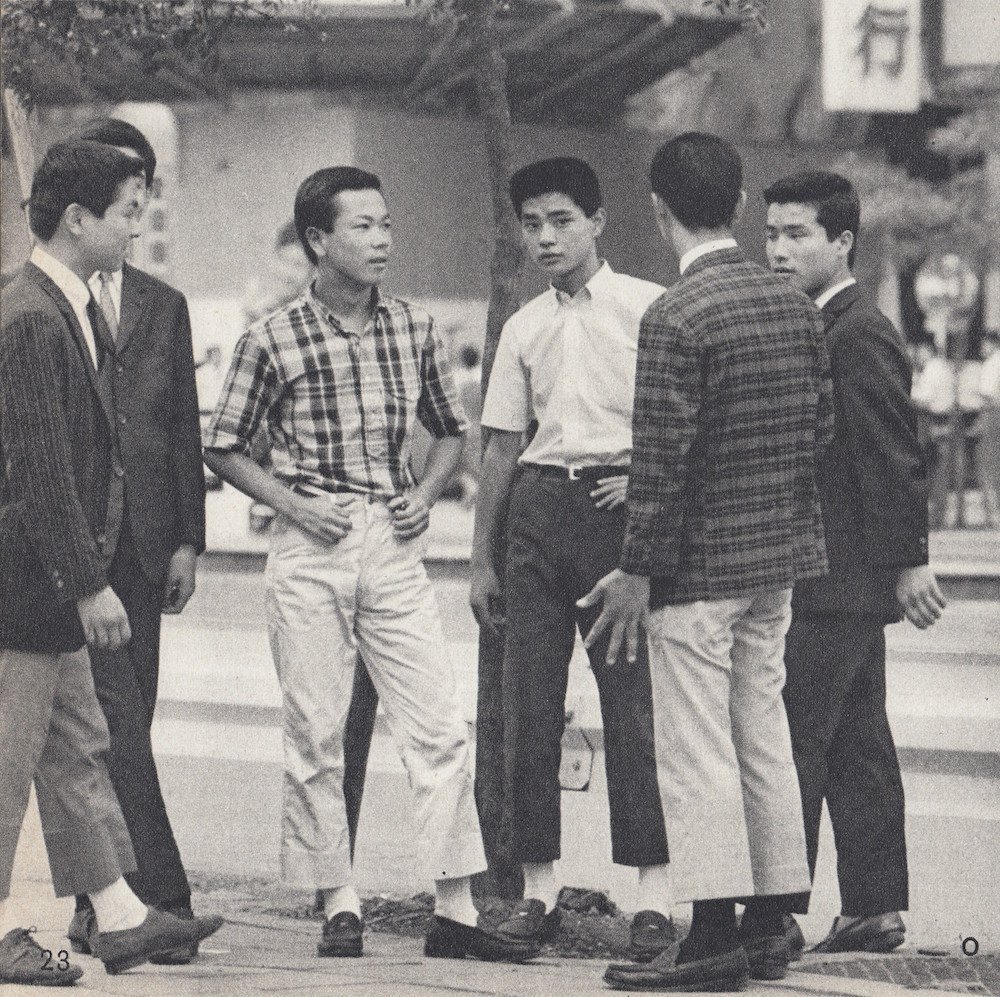
Nyutora (new traditional) and hamatora (traditional Yokohama) then take precedence over “Ivy Style”. The former was often characterized by a plain blouse worn over a mid-length skirt covering the knees. The second, less strict and mature, consisted of sweatshirts bearing the name of designers or less luxurious brands, often lined with an integrated collar or a polo shirt.
Towards the end of the 1970s, surfing fashion became popular among young people.
But above all, the arrival of workwear and denim, with meteoric growth! Little by little after the war, jeans became a symbol of youth rebellion, arriving with the American G.I.s and U.S. culture, headlined by James Dean, Marlon Brando and others. Chino also made its debut through the military. But the too rough appearance of the canvases forced the Japanese to invent a washing process in order to soften the fabric. This demand caused the production of jeans to take off in Kojima. In 1965, the first 100% Japanese denim jeans were born under the Canton brand (article to come on this subject). Traditional looms are being abandoned around the world in favor of industrial looms. The Japanese, perpetuating the tradition of solid master weaving, are taking over many traditional crafts to manufacture cotton canvas and denim with heavy weight and reinforced seams. This is the birth of “selvedge”. Indeed, these raw fabrics share a lot in common with kimonos, the Japanese excel, so much so that their denim will gradually be considered the best in the world. Overalls and work overalls that look worn straight from the factory are also making an appearance. This concept of vintage integrated into new will remain forever, as will the idea of a comfortable style, perhaps due to the climate too, which seems effortless.
At the same time, from the 70s, and especially in the 80s, two Japanese designers made a name for themselves on the international scene, with creations shaking up the concepts of Western fashion, long defined by Paris. Rei Kawakubo and Yohji Yamamoto created a new era, each in their own way, with their first Parisian show in 1981. It was also a revival of style in Japan.
Continued in our next article…
